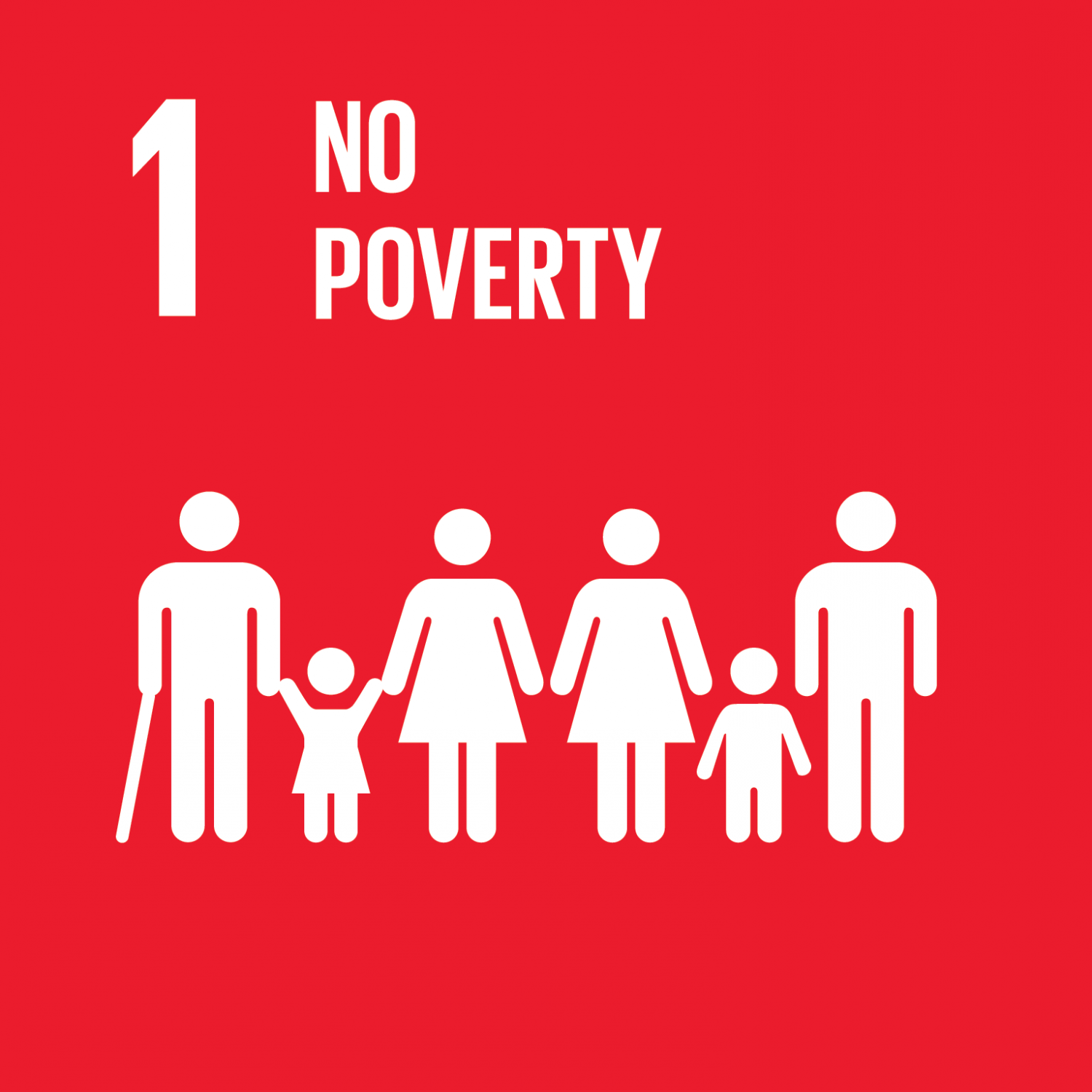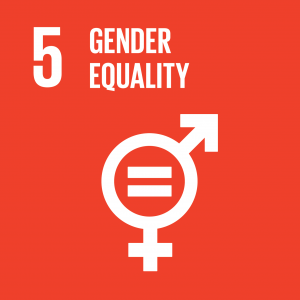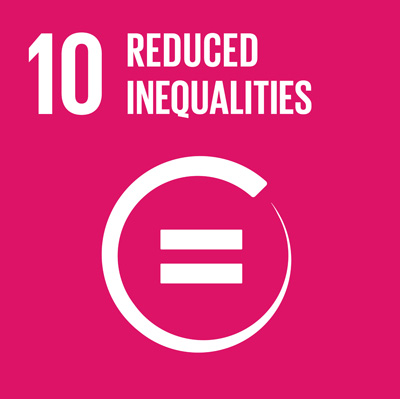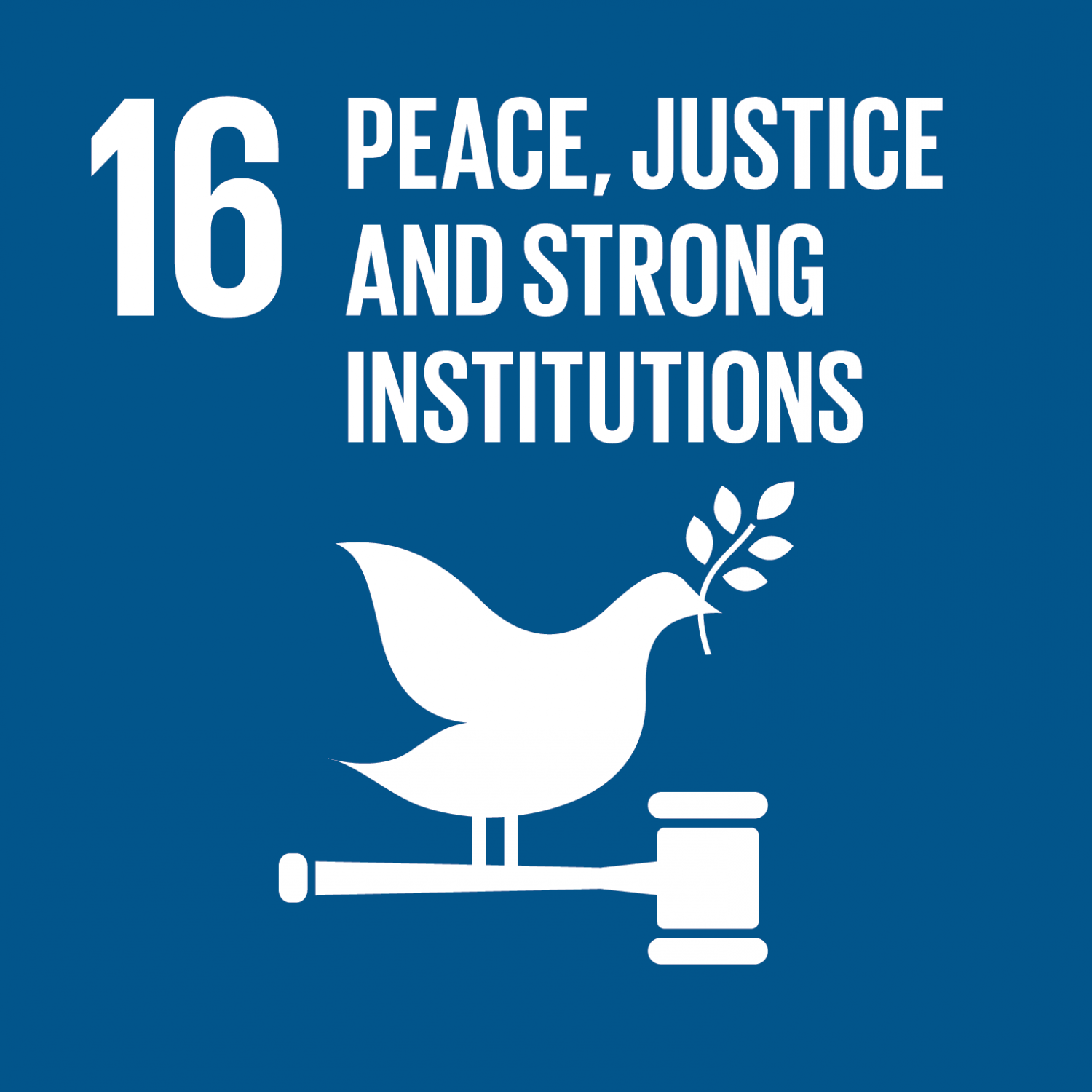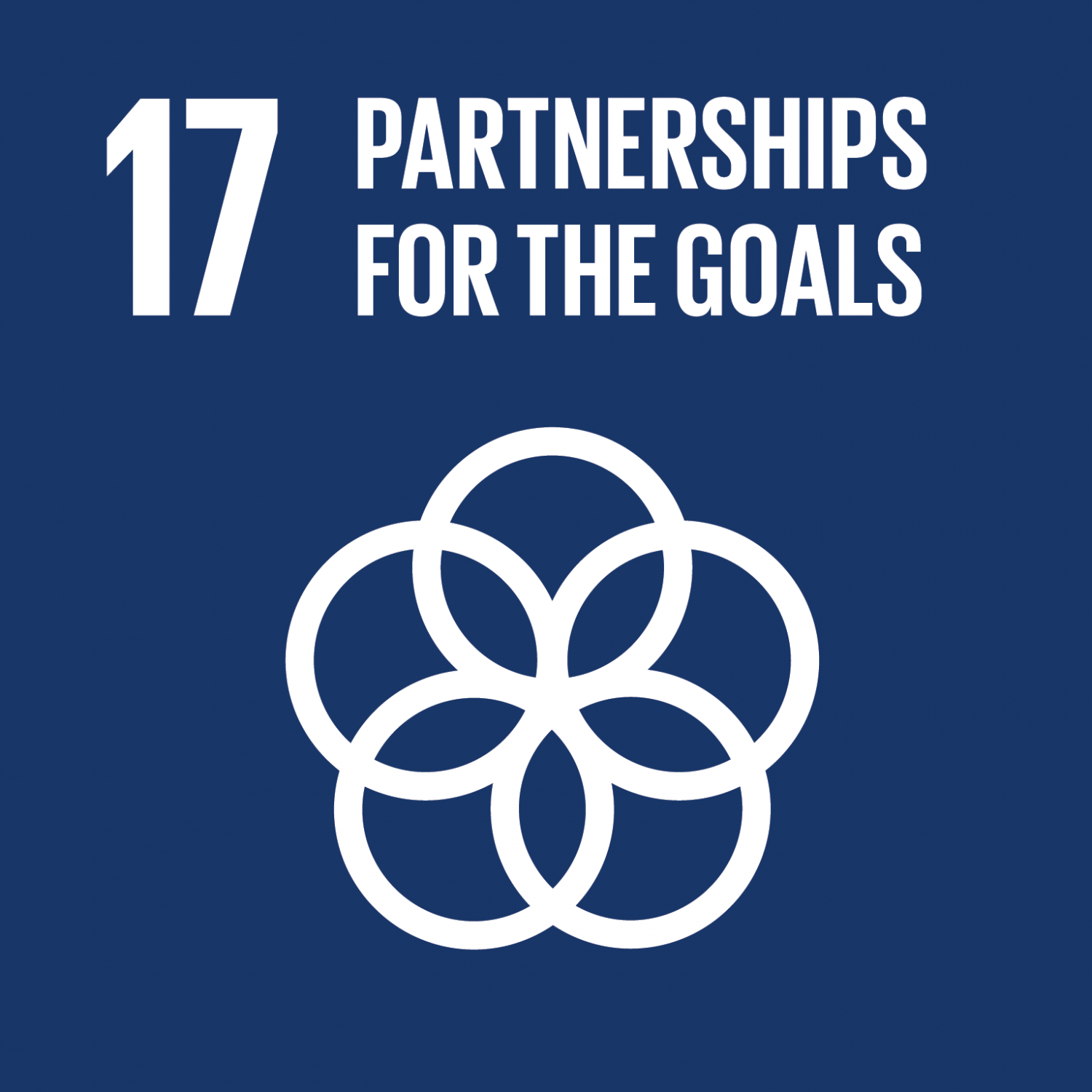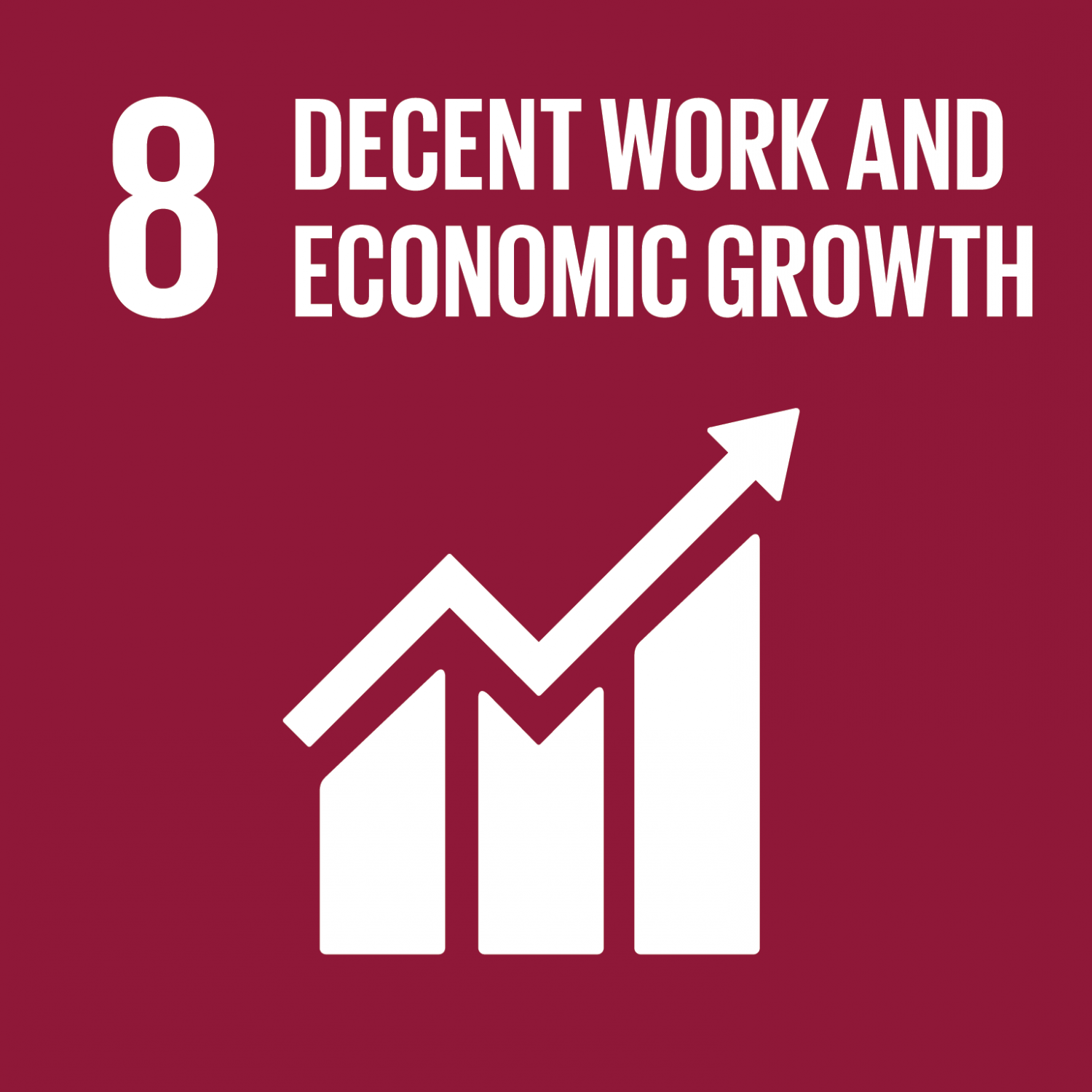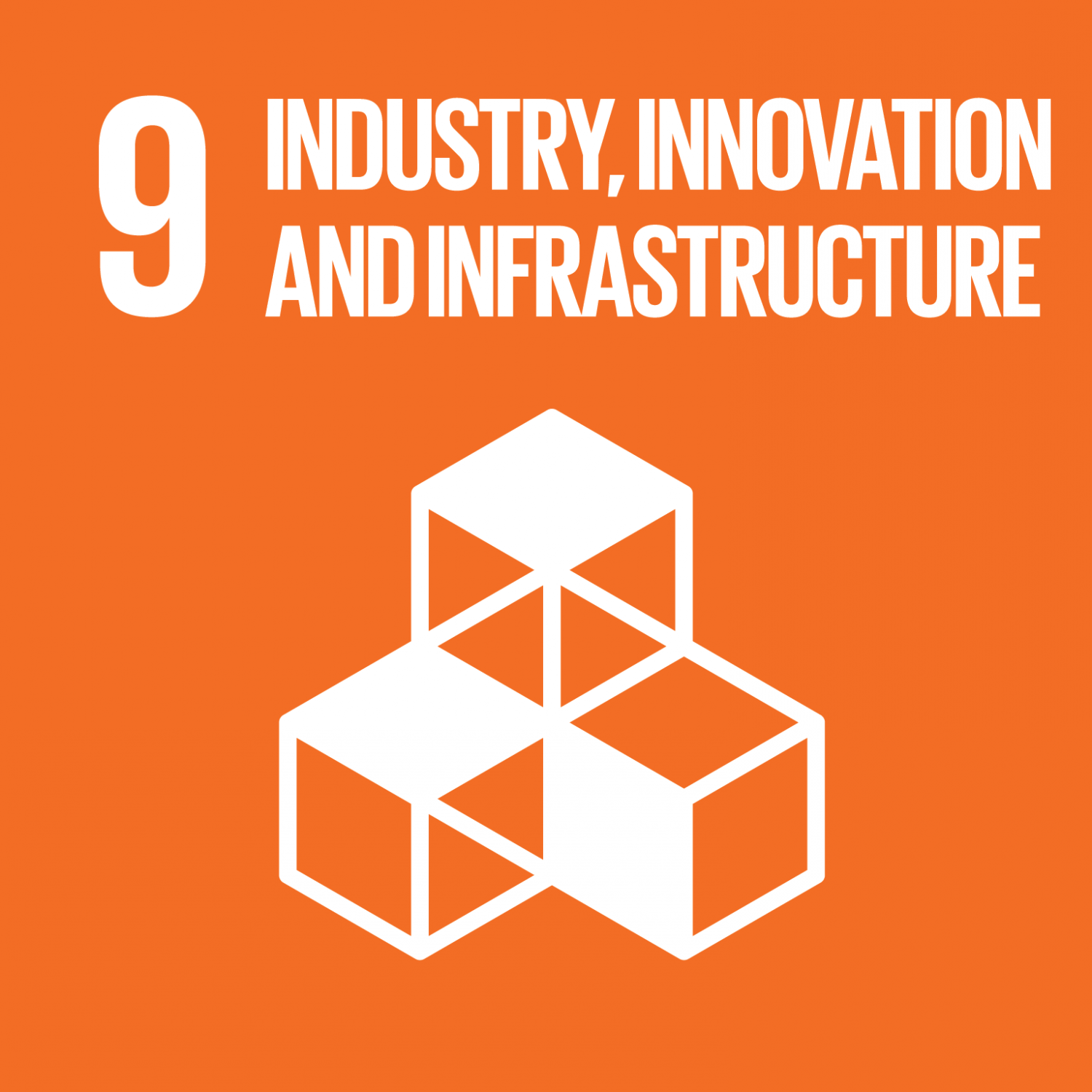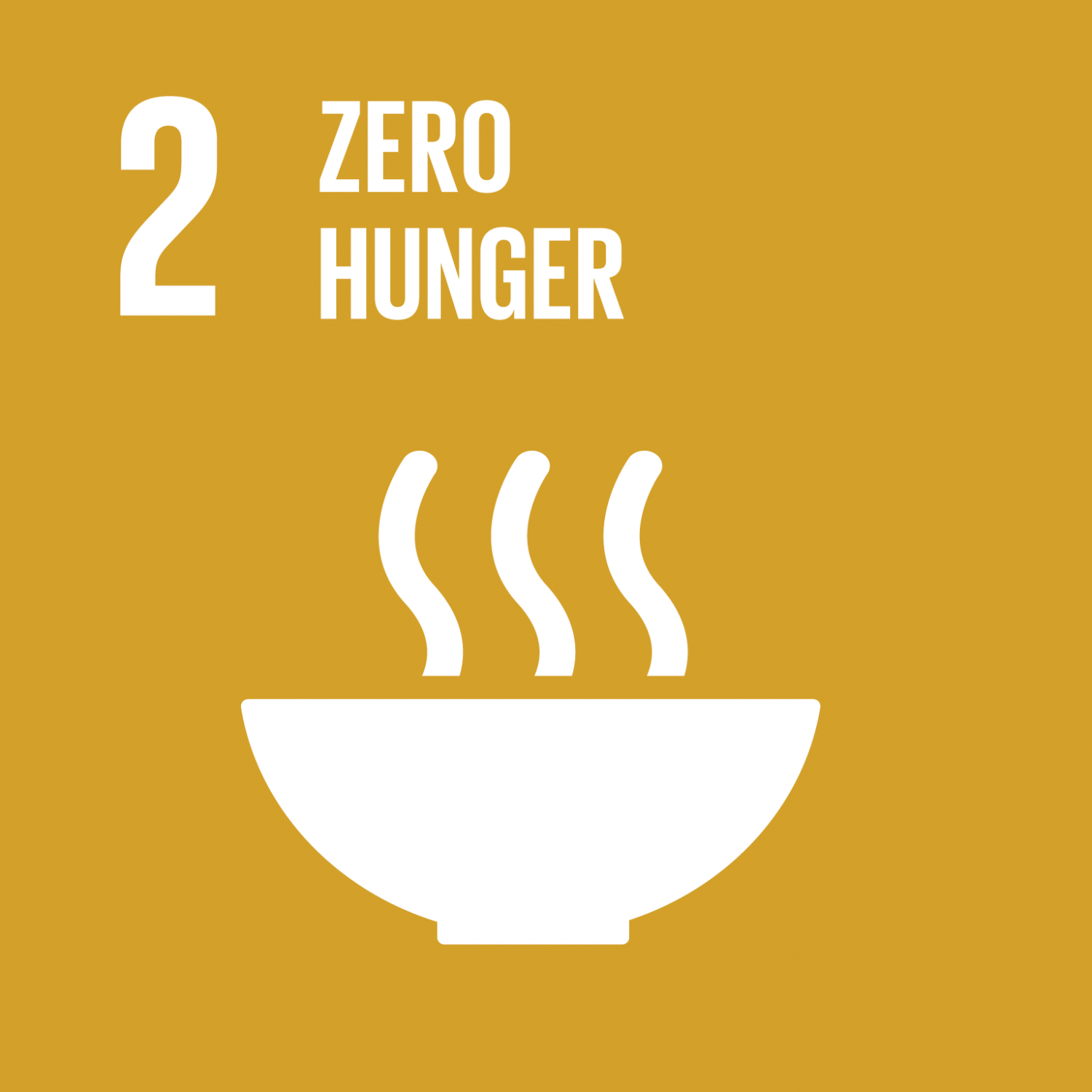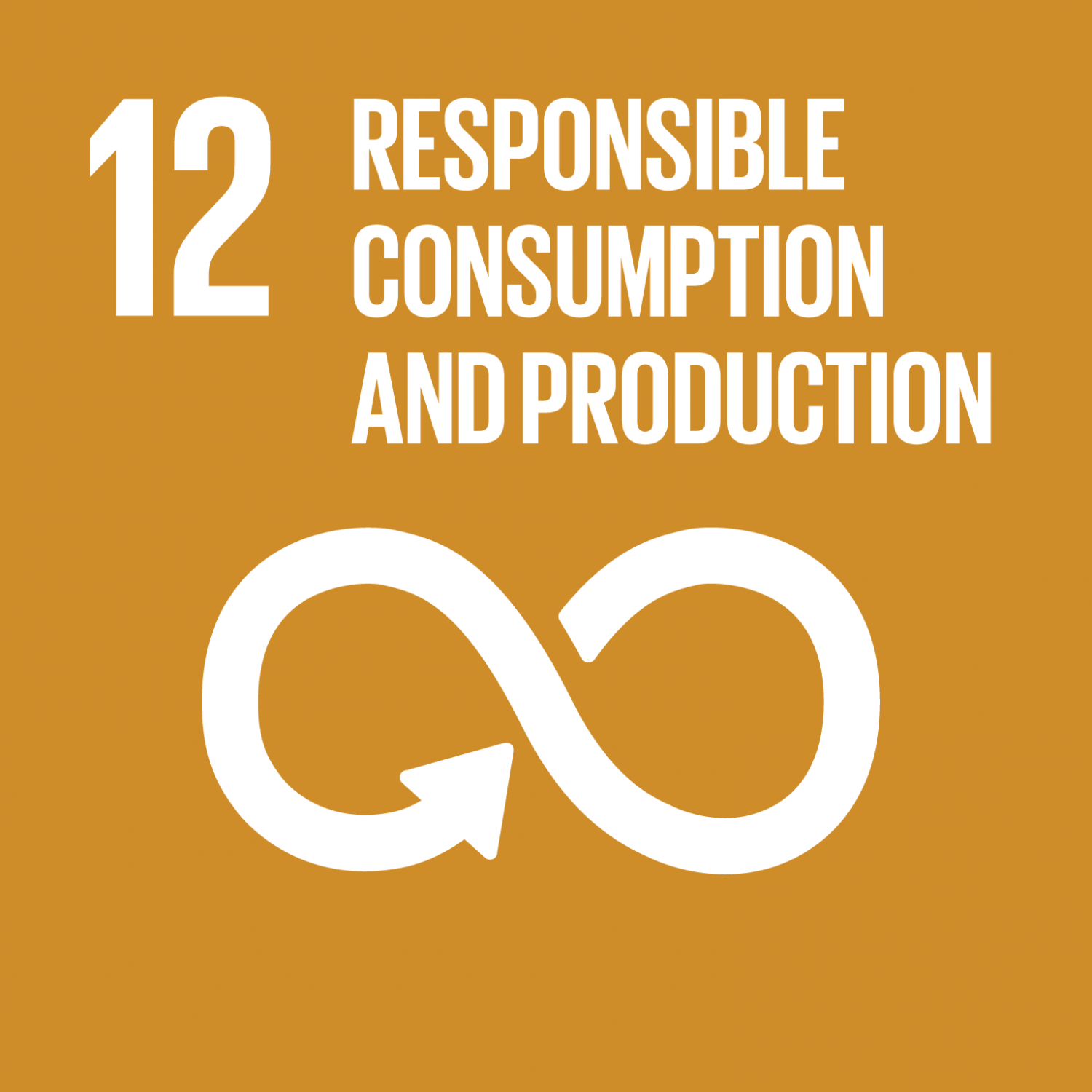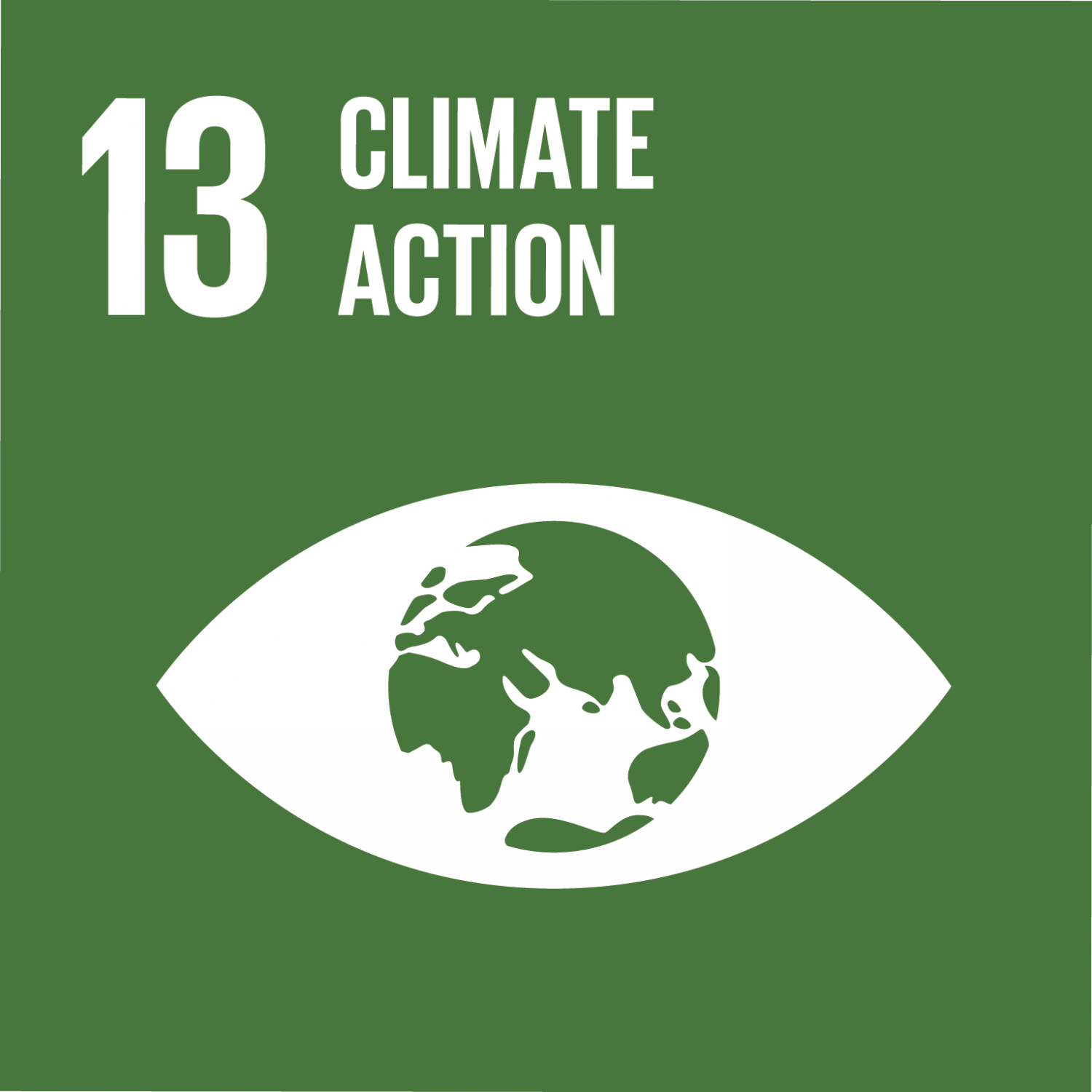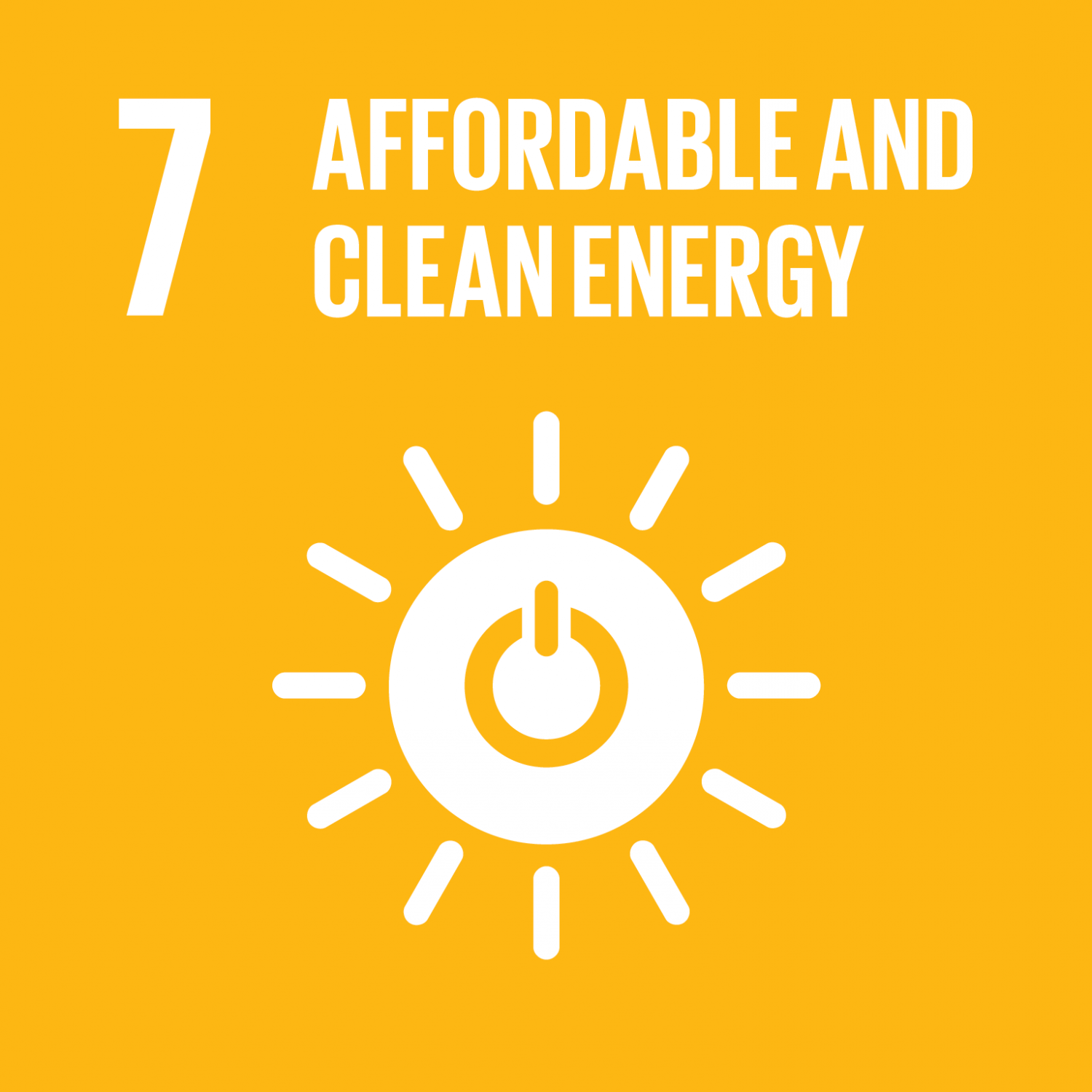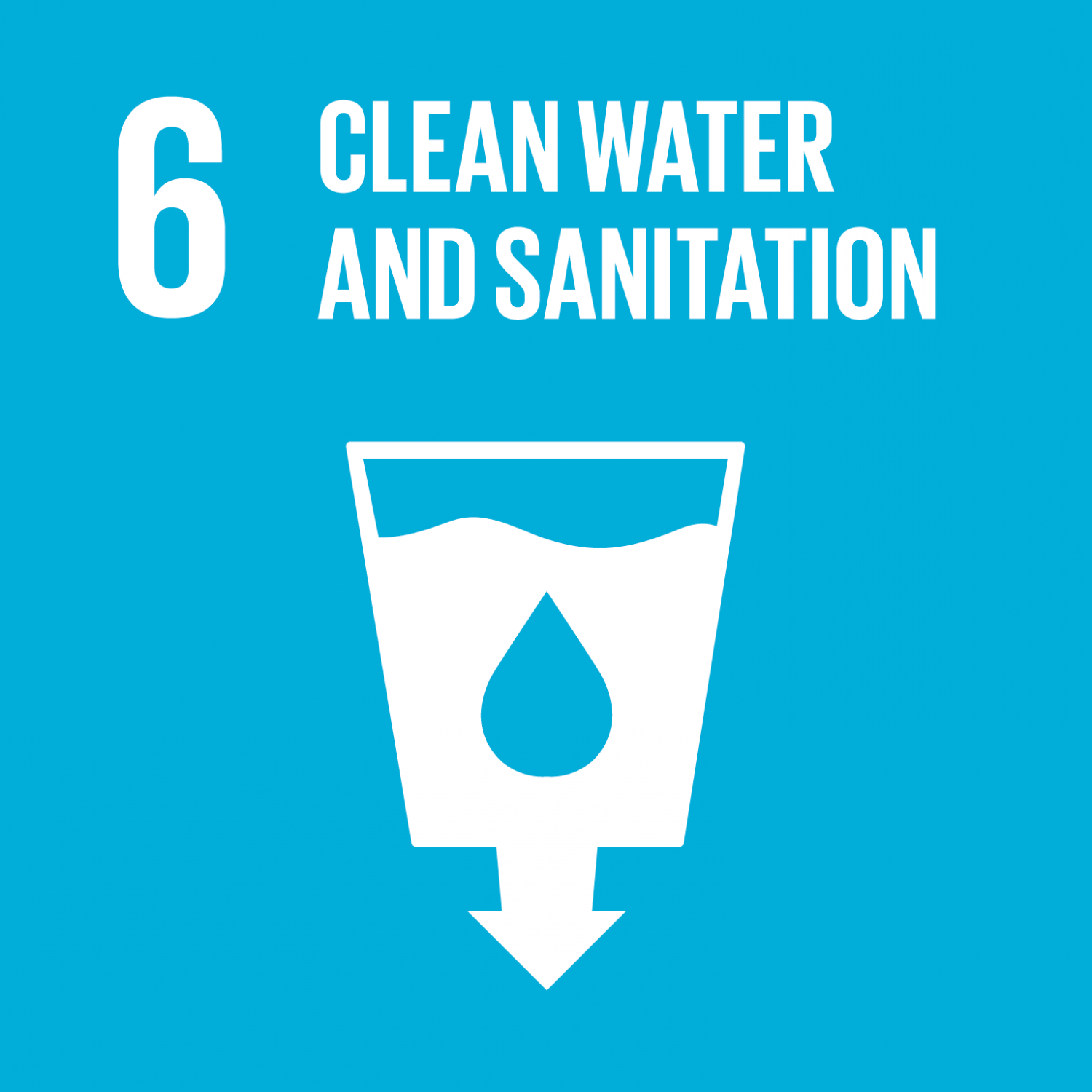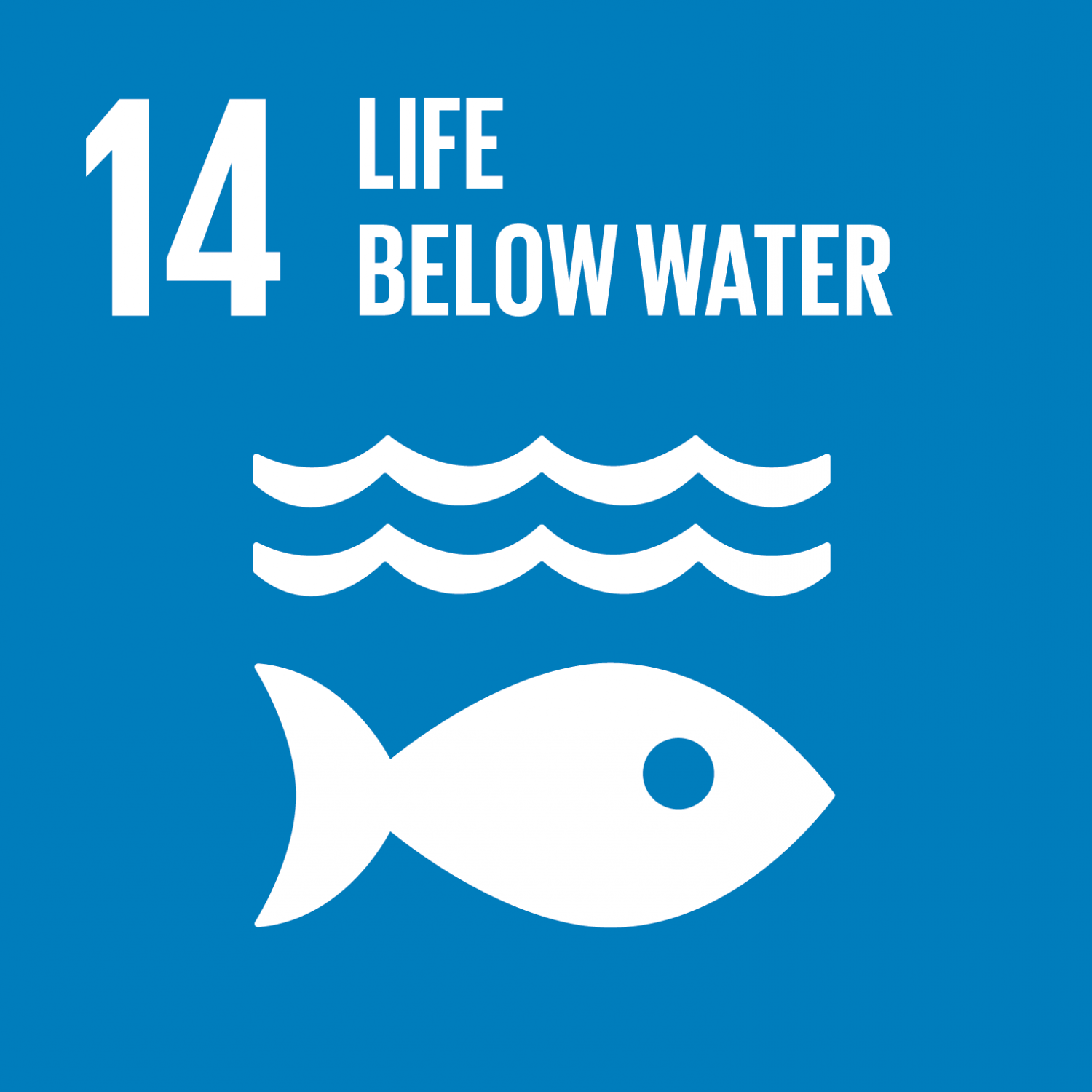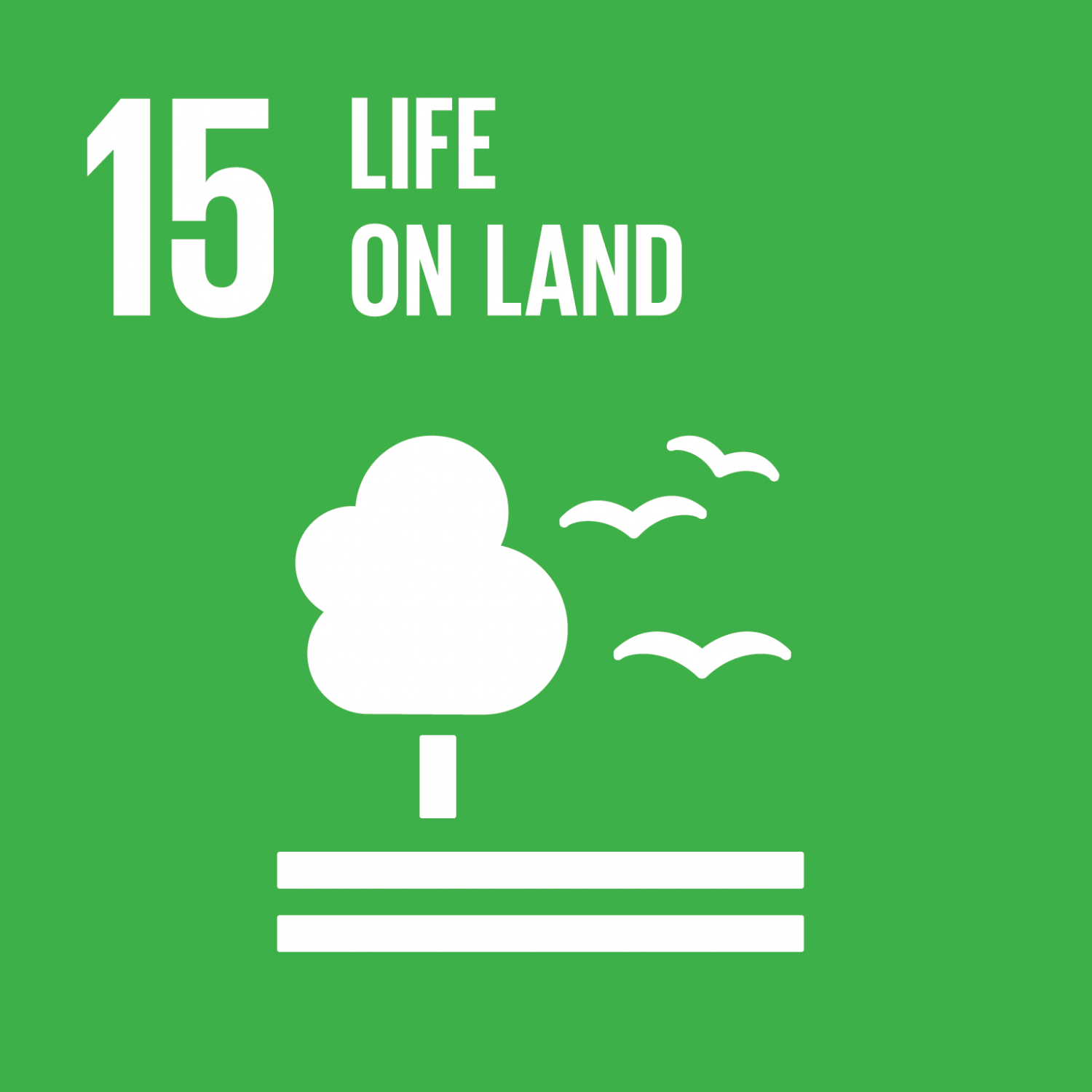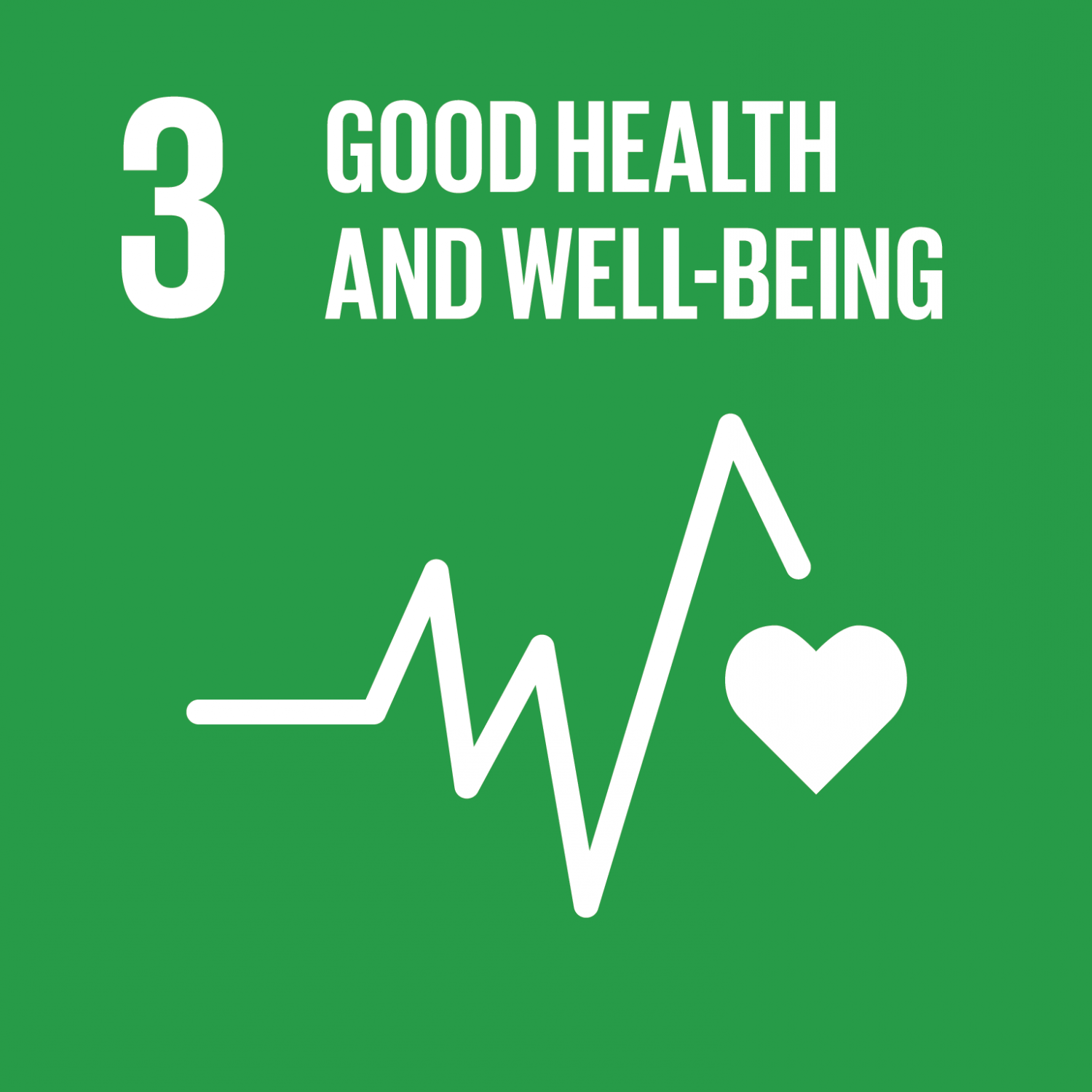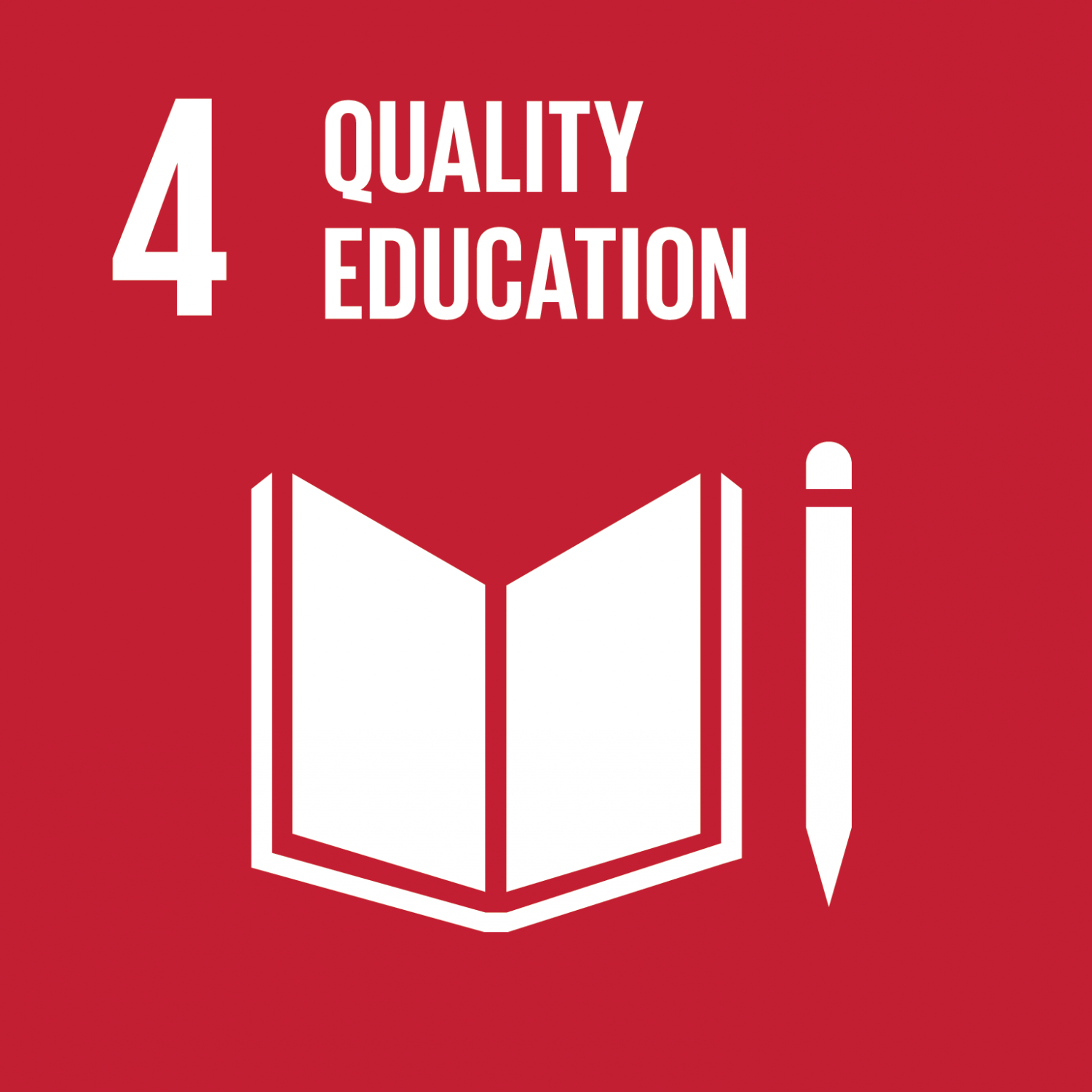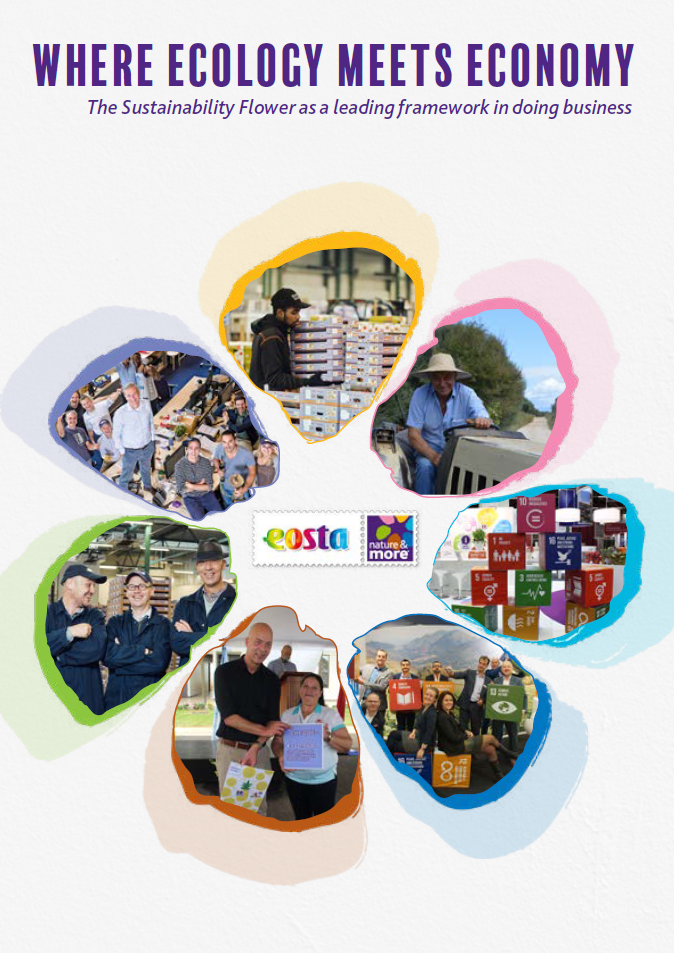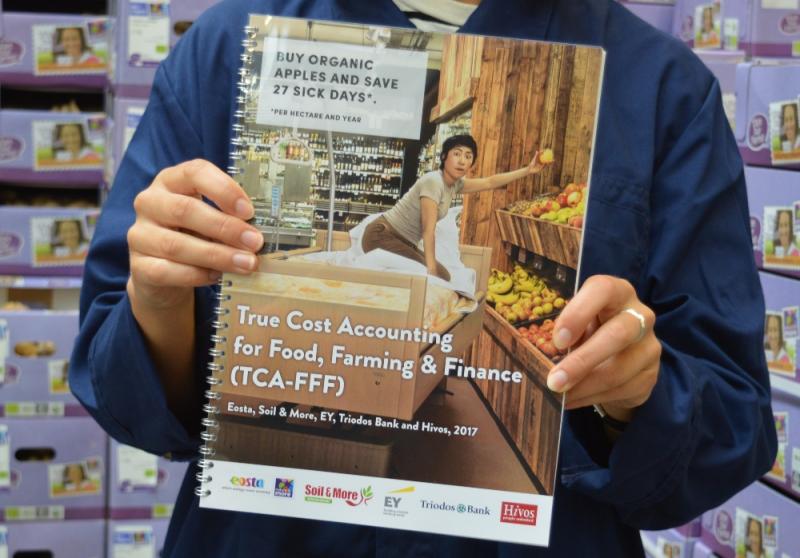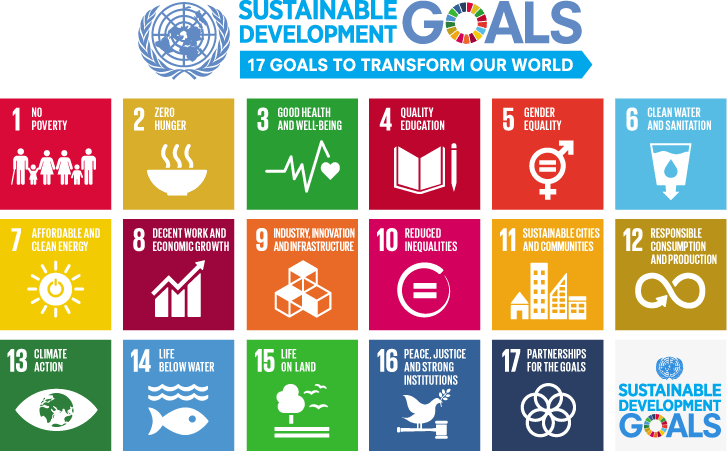
Sustainability Flower
In the “society” domain we focus on social interactions between people, within the organization, in the community and in the organizational network. A producer does not operate alone, but works in a web of connections. Cooperation with stakeholders and society is crucial for sustainable development. Every organization must comply with international and national standards and governance structures, but it is equally important to participate in the local community. Within the organization, all conditions for harmonious teamwork must be met.
Key themes:
- Human rights
- Participation
- Transparency
- Diversity
- Equality
- Community
To read more about the specific indicators for this topic, click here.
In the “economic” domain we look at the economic value flows of an organization and the distribution of wealth. It’s not just about money, but about all material value. The purpose is to create an economy that is fair, balanced and sustainable, both for people and planet. This implies a fair distribution of wealth along the supply chain (from seed producer to farmer to consumer), fair wages and prices, responsible use of natural resources, investment in sustainable innovation and redefining profit.
Profit must be redefined (profit 2.0) in a way that it does not only take into account the financial returns, but also includes the cost of impact on people and planet on the balance sheet and profit/loss statement. True Cost Accounting is the preferred approach. Nature & More took the lead in 2017 with the True Cost Accounting for Food, Farming and Finance pilot.
Key themes:
- Responsible business
- Innovation
- Employee welfare schemes
- Economic value distribution
- Responsible production
- Use of natural resources
To read more about the specific indicators for this topic, click here.
Agricultural practices are almost fully dependent on climate. Climate determines to a great extent the water supply, and has a direct influence on the growing condition of a crop. On the other hand, agricultural practices also have an enormous impact on our changing climate. The climate petal focuses on energy consumption and emissions.
Key themes:
- Energy use and source
- Emission reduction
- Transportation
- Renewables
- Energy regulation
- Use of natural resources
To read more about the specific indicators for this topic, click here.
Water is a vital resource for life on earth, it is an integral component of our ecosystem. The importance of water for agricultural practices is crystal clear. Without sufficient, clean water it is impossible to grow food. Hence, fair and efficient allocation of water resources is crucial for our global food production challenge.
When it comes to sustainable water management, organic farming can play a vital role. By using compost-enriched soil, farmers are increasing the water-holding capacity of the soil by up to 70% and therefore reducing the need for irrigation.
Our goal is a sustainable water management system, where both water quality and availability are taken into account.
Key themes:
- Water regulation
- Water use and source
- Irrigation
- Water recycling
- Conservation
To read more about the specific indicators for this topic, click here.
When it comes to agriculture, soil is key and it is literally the foundation of our food system. Where nature consists of a closed life cycle in which waste eventually becomes raw material again agriculture slightly distorts the cycle when nutrients are extracted from the soil when crops are harvested. If this deficiency of nutrients is not supplemented, the soil becomes exhausted and in the long run infertile. Every year over 12 million hectares of fertile soil is lost due to non-sustainable agricultural techniques. Because of depleted and eroded soils as well as landslides and urban growth, the land available for the global food production is shrinking rapidly.
Organic agriculture uses several techniques to close the life cycle and feed the soil, such as the use of compost and organic fertilizers. Scientific research shows that organic agricultural practices significantly increase the soil’s flora and fauna, improving soil formation and therewith creating more stable systems.
Key themes:
- Organic matter
- Soil nutrients
- Soil quality
- Soil degradation
- Use of chemicals
- Use of compost
To read more about the specific indicators for this topic, click here.
Biodiversity, which refers to the number of species of plants, animals and microorganisms (and their interaction), is crucial for a healthy and productive ecosystem. Healthy habitats consist of numerous species, which improves pollination, reduces soil erosion, acts as a natural pest exterminator and decomposes dung in pastures. On top of this, a high level of biodiversity leads to a more active soil life and a healthy ecosystem is more adaptive to environmental changes.
Key themes:
- Plants species
- Animal species
- Fallow land
- Use of chemicals
- GMO free
- Natural habitats
To read more about the specific indicators for this topic, click here.
In the “individual” domain we focus on the development and well-being of the individual person. The approach is based on the insight that every human being is unique and that our differences should be celebrated. As employees are the core of an organization, it is important that they get the opportunity to become the best version of themselves.
Securing the well-being of every individual in an organization starts with health and safety. Next to that, it is important that everyone has the freedom to think and express themselves. Once these premises are fulfilled, every individual can focus on personal development through education and training.
Key themes:
- Health and safety
- Personal growth
- Freedom of thought
- Education & training
To read more about the specific indicators for this topic, click here.
The Sustainability Flower is a framework to Monitor, Manage, Market and Monetize the sustainability impacts of an organization or production process. This includes impacts on both natural and social capital. The Flower can be used to monitor the sustainable development of an organisation over time. Eosta uses the Flower to assess and communicate the sustainability performance of its growers.
Seven petals
Each of the seven flower petals represents a vital aspect of the total environmental and social impact: three for social capital, four for natural capital. For every petal an elaborate indicator scheme was developed, based on GRI guidelines. Performance is measured by both quantitative and qualitative indicators. The Sustainability Flower points the way to a sustainable food system and a green and fair economy - where ecology meets economy.
Three levels of evaluation
The Sustainability Flower performance can be measured at three consecutive levels. Each level builds on the previous one.
- Basic assessment: based on an interview with the grower, a visit to the farm and the standards of organic practice.
- Formal assessment: based on an audit with formal Key Point Indicators, resulting in numbers and footprints.
- True Cost assessment: based on True Cost Accounting, which evaluates impacts in terms of money.
Assessment partners
Sustainability Flower assessments are carried out by Eosta on a basic level and by Soil & More Impacts on advanced levels.
No sustainability wihtout transparency
Eosta uses the Sustainability Flower as a communication tool, because we believe that there can be no sustainability without transparency. Exploitation always comes surfing on the back of anonymity. By providing transparency, indifference gives way to solidarity.
How the Flower was developed
The Sustainability Flower was developed in 2009 by the International Association & Partnership for Ecology and Trade, an international group of prominent pioneers and innovators of the organic movement. Among them are the founders and leaders of Eosta, Sekem, Alnatura, Lebensbaum, Rapunzel, Fibl, IFOAM, Soil & More and the Soil Association. They were looking to unite ecological and social values in a single elegant model.


